In this unit students gain musical skills and language while learning to write and perform the Blues. It’s written by and for a guitarist with background in theory and performance, but in a way, I hope, that can be adopted by any instrumentalist, or even by the less musically inclined teacher with support from local musicians.
Musical outcomes:
- Learners will encounter and engage with elements of music
- duration, tempo markings
- pitch
- dynamics and other expressive controls
- timbre
- texture/harmony
- form
The expectations encourage students to explore issues related to personal identity and community concerns as they interact with increasingly complex and/or challenging media; to critically analyse and evaluate perspectives in works of dance, drama, music, and visual art; to use inquiry and research skills to extend their interpretive and creative abilities; and to use the arts to explore and comment on topics of relevance that matter in their daily lives. Issues of social justice are often highly engaging for students at this age.
Exploration and communication of multiple perspectives and points of view should be emphasized. The arts curriculum for Grades 7 and 8 is designed to engage students in tasks that they see as meaningful and motivate them to learn about and create art works out of interest as well as to meet curriculum expectations. In addition to the materials provided for instruction, students should have access to a wide range of themes, materials, and activities that are relevant to their personal experiences and interests as creators, artists, and critically literate viewers.
— Ontario MoE (2009, pg 131)
Social justice outcomes:
- Choose a topic based on a personal story involving fairness, equity and/or social justice
- Write Blues lyrics
- Compose and perform music in the Blues form
The introduction is based entirely on what I know. My own musical education was, for the most part, highly Eurocentric. Fortunately my musical upbringing was much less so. By the time I was 11 my parents had exposed me to music as diverse as Miriam Makeba, Ravi Shankar, Wendy Carlos’s Switched On Bach, and Charles Ives.
I take the learners through an admittedly superficial and brief history of the guitar and “standard” notation, what it might have been like to be a musician 400 years ago—Who did musicians work for? What kind of music did they write?—and I play some Western European music.
Cultural Relevance
To be culturally competent and relevant, based on the demographics of my design, I’ll include parallels to South Indian classical music, the Persian origin of the ‘tar’ in ‘guitar’ and influence of the instrument of the same name, the African roots and history of the Blues as a response of an oppressed people to slavery and subjugation.
I teach blues licks, and I teach that if you can say it, you can play it. This practice strategy has parallels in many African and Middle Eastern cultures and reaches the level of a science in South Indian (Carnatic) music’s solkattu and tala system. The Blues and Jazz contain many examples of “scat” singing, which I use in a couple ways to introduce and reinforce the practice.
Structure
Day 1
The unit starts with a small concert by me. I set up my nylon string and an electric, with my amp and array of effects pedals in plain view to arouse curiosity. One of my petals is a Roland loop station, which contains pre-recorded accompaniment I will use in my performance. I have a Smart board behind me and my laptop in reach for accompanying visuals. I’ll play short representative pieces from Baroque, Classical and contemporary periods. I’ll show slides of the music notation and the period and say something about each piece. The acoustic pieces—a chaconne, a minuet, some studies and a performance piece—are chosen to highlight a progression from a context of music purposed for religious services and dance, sponsored by the Church and aristocracy, to one of concerts and freelance performers expressing themselves and making statements.
I use Steve Howe’s Mood For a Day to segue into the modern era by asking the class to guess what century it’s from, and whether it’s another dance, study or a performance piece. The Roland Loop Station comes with pre-recorded demos that include a 12 bar blues. I’ll say a few words about the blues, its form, the blues scale and “licks” then jam to demo . I totally show off and shred some blues licks, but make a point of following the form and scale I described.
I’ve customized the lesson by storing a backing track from a song I know for certain, having visited the classroom where I’ll be doing this, is something we all know — Under Pressure by Freddie Mercury and David Bowie. I prepared it using a MIDI file and a Roland Fantom-S keyboard too large to include in today’s setup. It’s important not to run out of time before showing the ukulele blues video.
The school has ukuleles. The goal of the first, introductory lesson is to situate the music they listen to in historical and cultural context and to inspire and motivate the class to want to learn to play Blues and compose some blues of their own.
Day 2
Slavery, Dignity and The Blues: Use the Smart board and laptop to show some of Dana Gluckstein‘s photos showing the dignity of indigenous people, including Africans. Of each picture, ask the class if the subject has dignity, why do they think so, and what does dignity look like.
End this short segment by showing the picture of Robert Johnson. Remind the learners about the era and Jim Crow. Tell the Legend of the Crossroads. The purpose of this introduction is to plant seeds for the personal stories of fairness they’ll soon turn into Blues lyrics.
Distribute pre-tuned ukuleles and demonstrate how to hold them. From this point on we begin to see wide differences in talent, experience and musical motivation emerge, which is a challenging piece of every group musical learning experience. Some kids can learn a I IV V pattern their first time with a ukulele, others may be struggling to curl their fingers and press a string behind a fret.
With the 12 bar blues form displayed, I attempt to show the fingering for 3 chords and split the class into three groups, each one holding their fingers in place over one of them. As everyone counts I conduct, pointing at each group when it’s their turn to play. The V chord group is also known as the “turnaround” group. We can have some fun improvising turnaround rhythms, and begin using “say it then play it” strategies that they’ll use for as long as they remain involved in playing music.
Day 3 and beyond
We’ll watch Does it Swing? An Introduction to Swing Jazz for Young People part 1link, using points in the video to focus learning strategies to continue learning the ukulele and the Blues, for example, call & response, and I’ll use short activities to tie these directly to the musical elements (tempo markings, pitch, dynamics, timbre, texture, form, etc.) required by the curriculum. We continue exploring the social conditions that accompanied the rise of the Blues, it’s evolution through jazz and ongoing influence on every form of music, ever since.
Lesson Resources…
… are stored in a concept map found here. This map can actually be shared with students, who may wish to provide their own suggestions. If there’s interest and the situation permits we may want to use the cmap cloud (and/or provided/available collaboration support).
CMapTools for Learning Design
This map is organized as a concept map, reading top to bottom and left to right. I accept and promote a formal definition of “concept map” as a structured mind map, detailed here. I like the CMapTools software better than several other mapping tools I’ve used for this process because it looks and works identically in a browser, can be shared via a free cloud repository, and significantly: because I can attach many resources to a single node.
Beyond learning the buttons, this is the first time I’ve actually used CMapTools. At the time of writing the introductory lesson is reasonably well laid out… I’ll play the pieces in order from left to right, and the things I want to show and tell about each, including direct links to things like the sheet music and images from the period, form sub-concept-like columns underneath. The power of CMapTools can be gleaned by looking at the outline dialog. You’ll also see how to develop concepts into propositions using linking words and phrases. Seeing the outline of my partially developed map not only helped me set up my activities more logically, it helped me better understand the rather powerful tool set this definition of concept map brings to the practice of mind mapping. (My linking phrases, especially near the top of the map, need some work!)
I’m comfortable with the delivery and familiar enough with the material that this kind of map, with the links to content, is all I need. But I think it would be easy to make very precise daily lesson plans from such a sketch. I’ll simply drag the nodes around each activity or resource into more clear-cut columns.
§
Ministry of Education (2009), Ontario Curriculum 1-8 The Arts [PDF]
Blues Kids of America
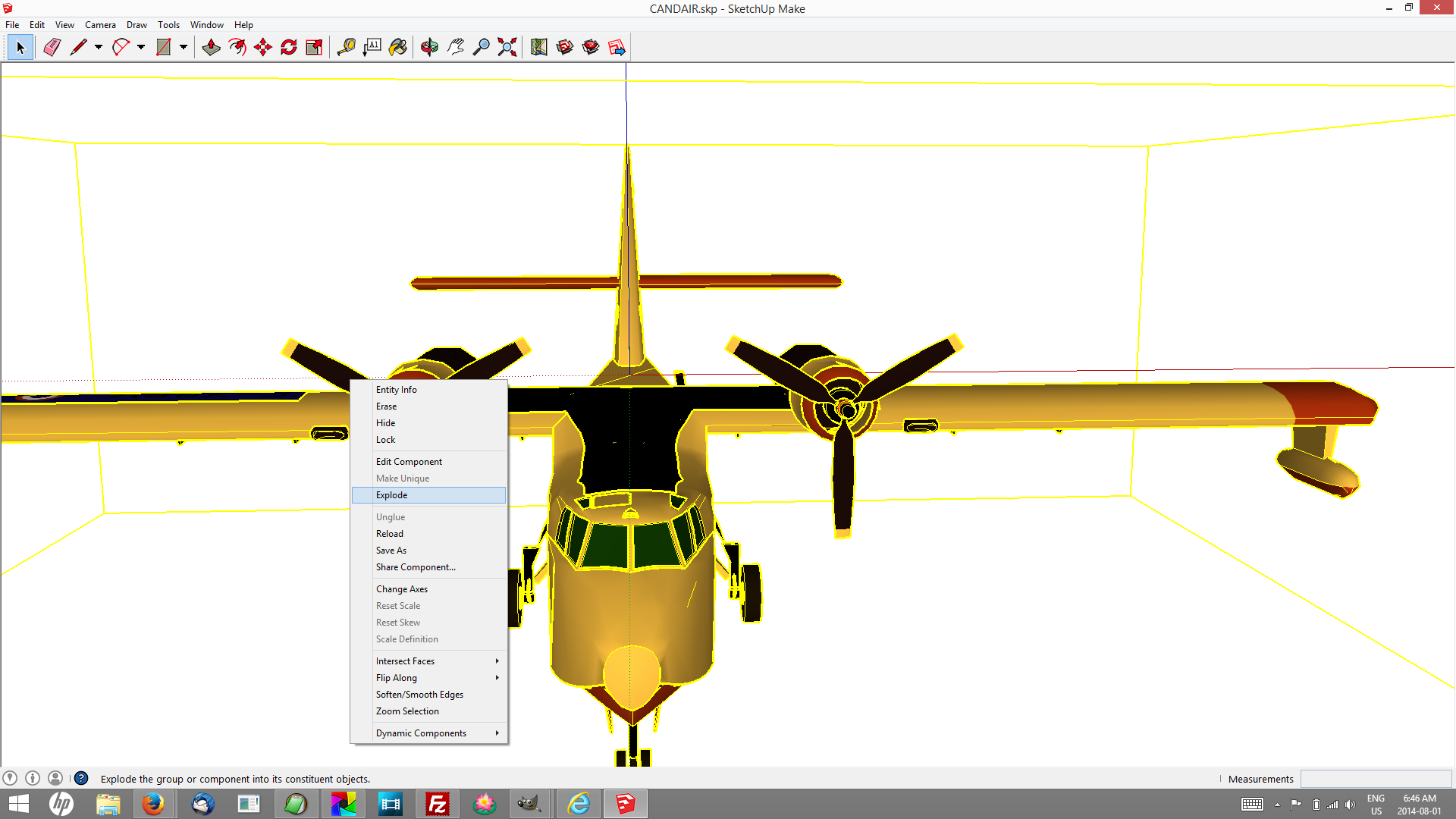
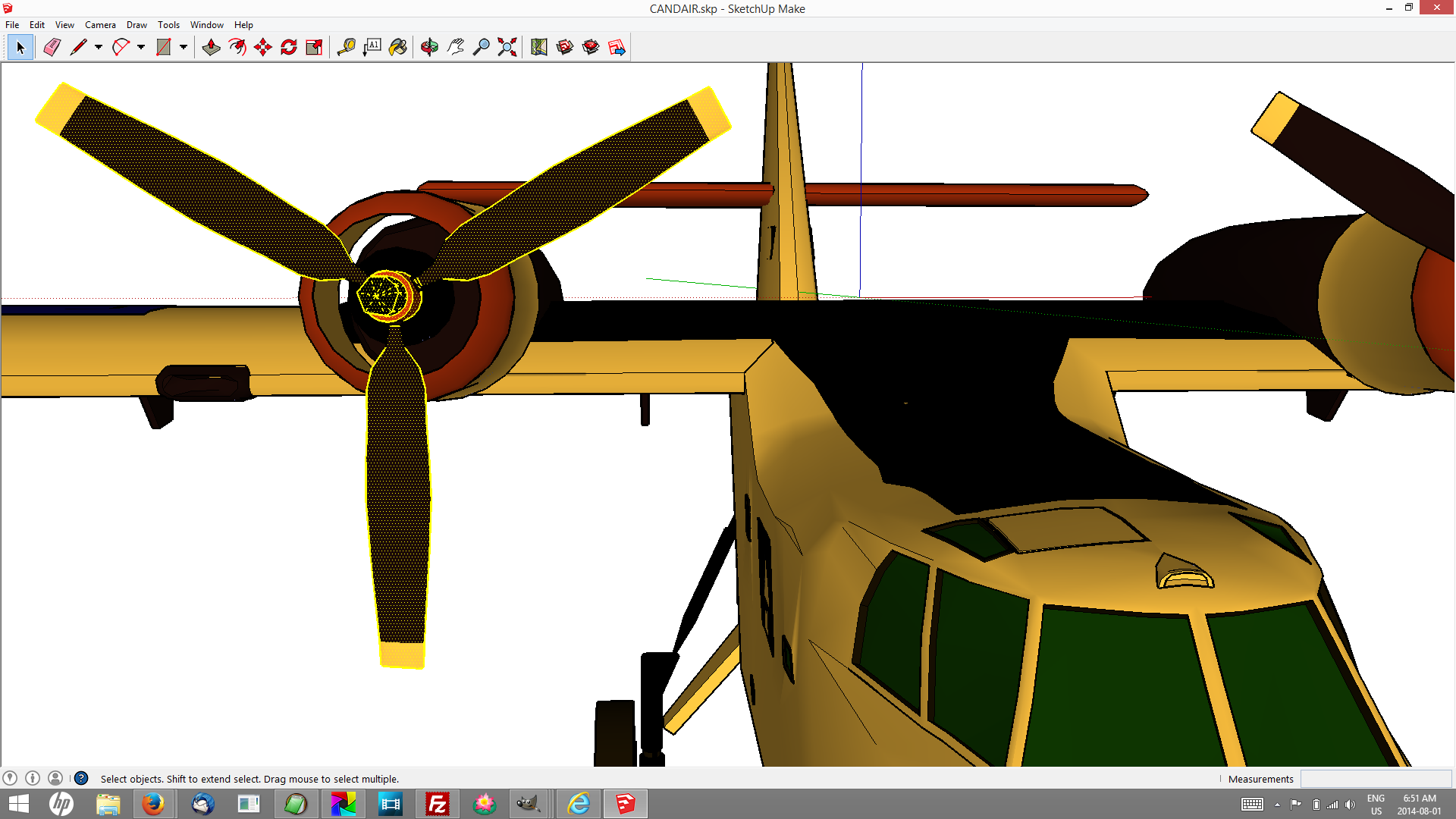
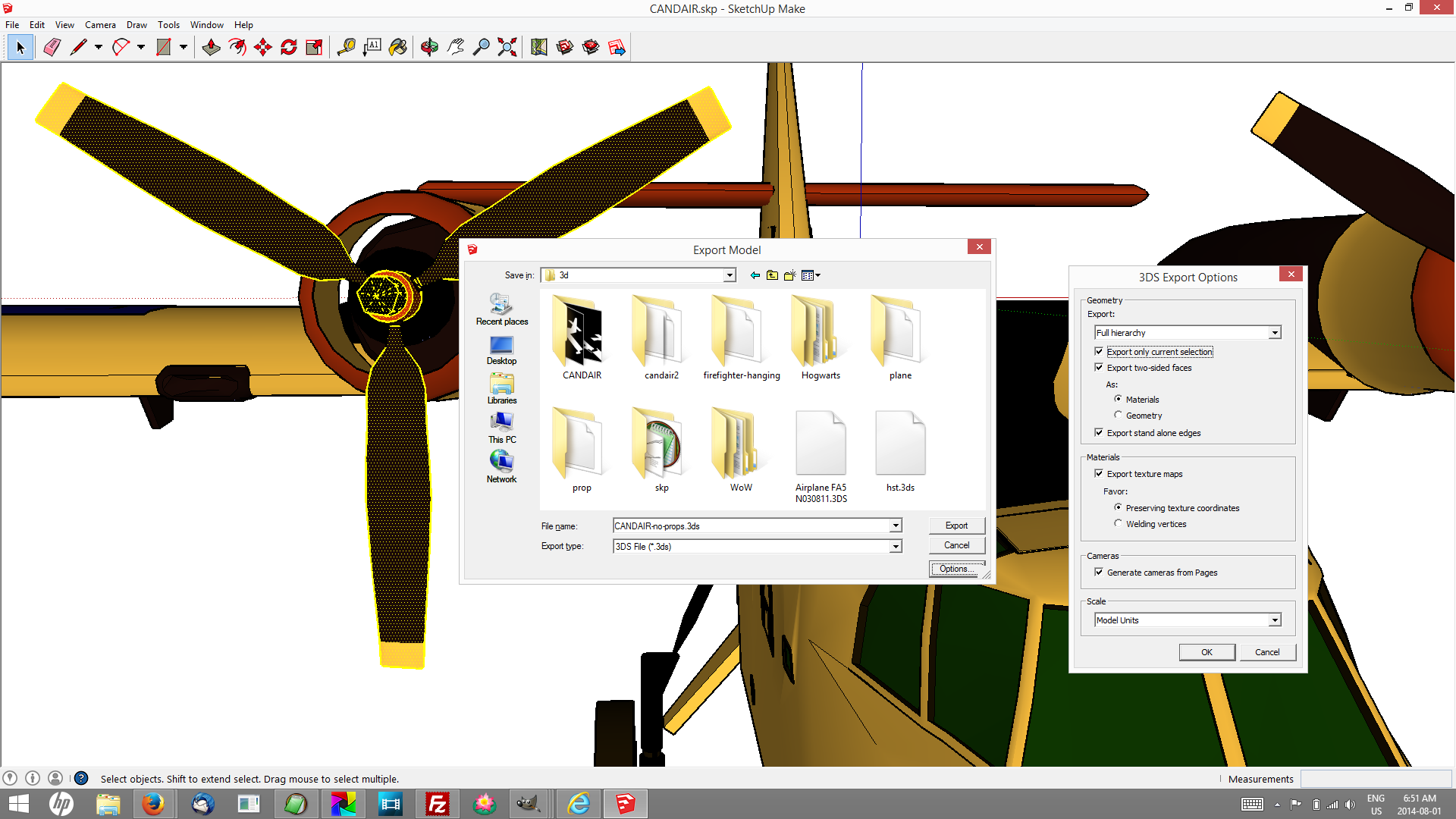
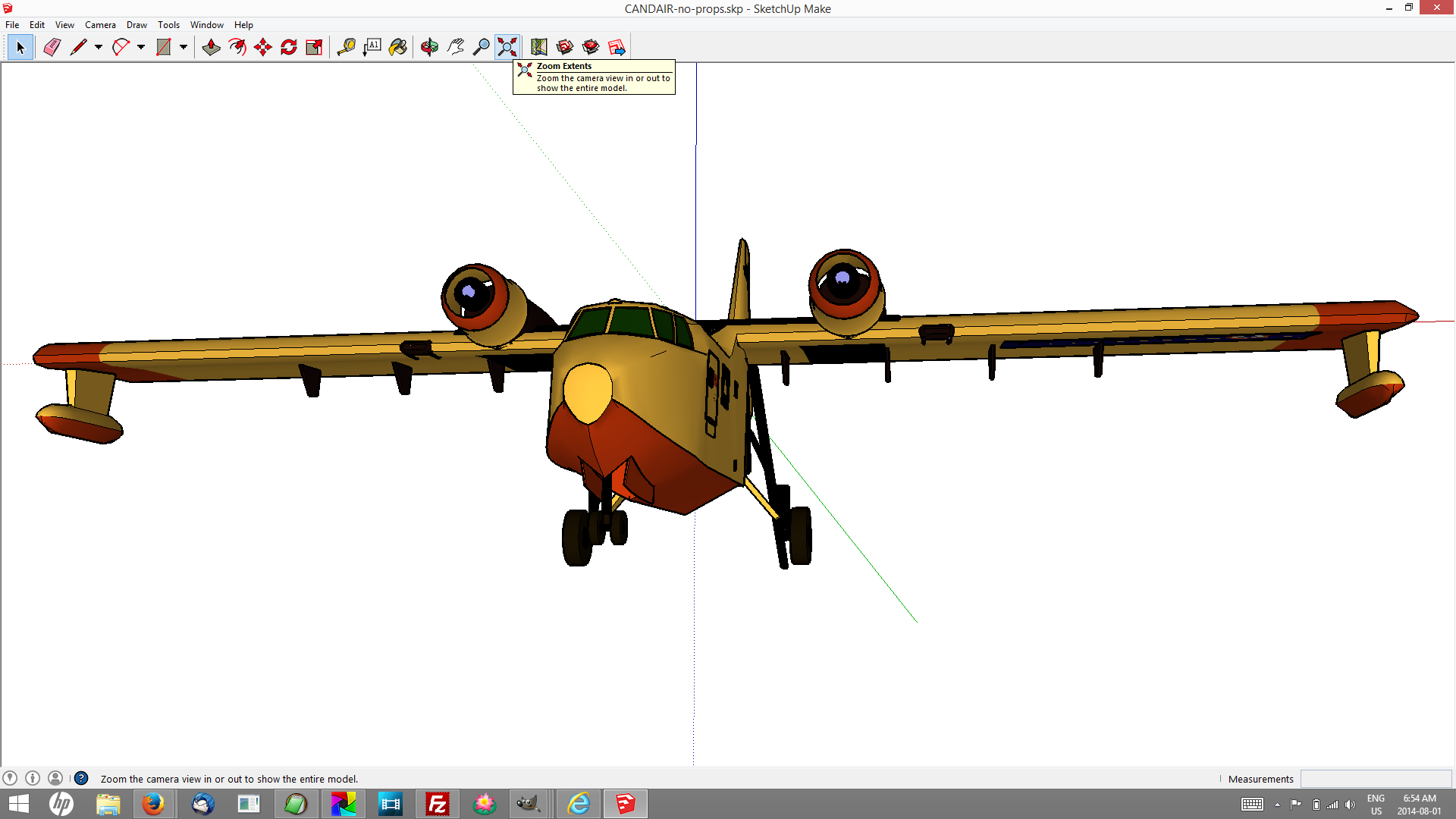
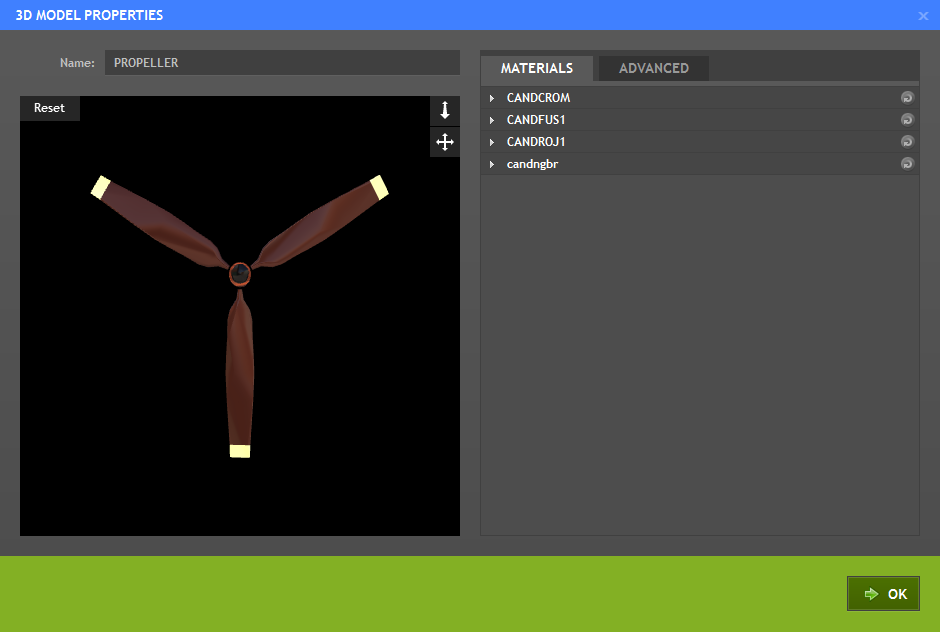
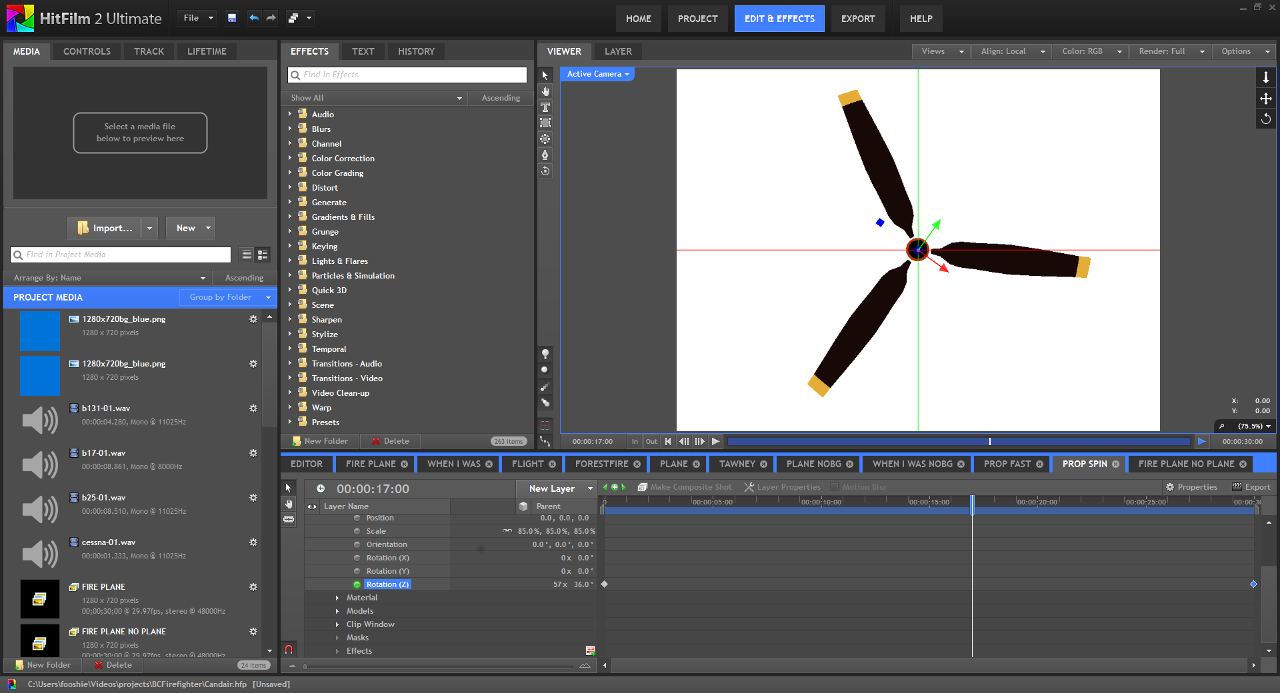
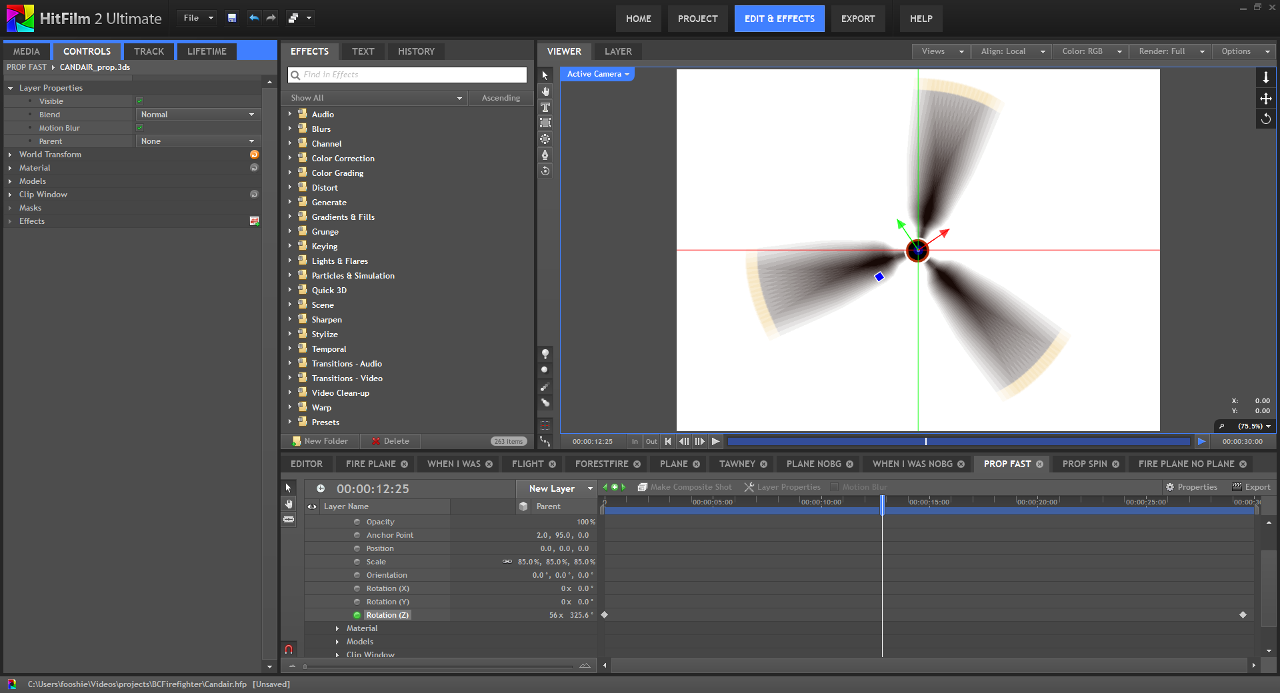
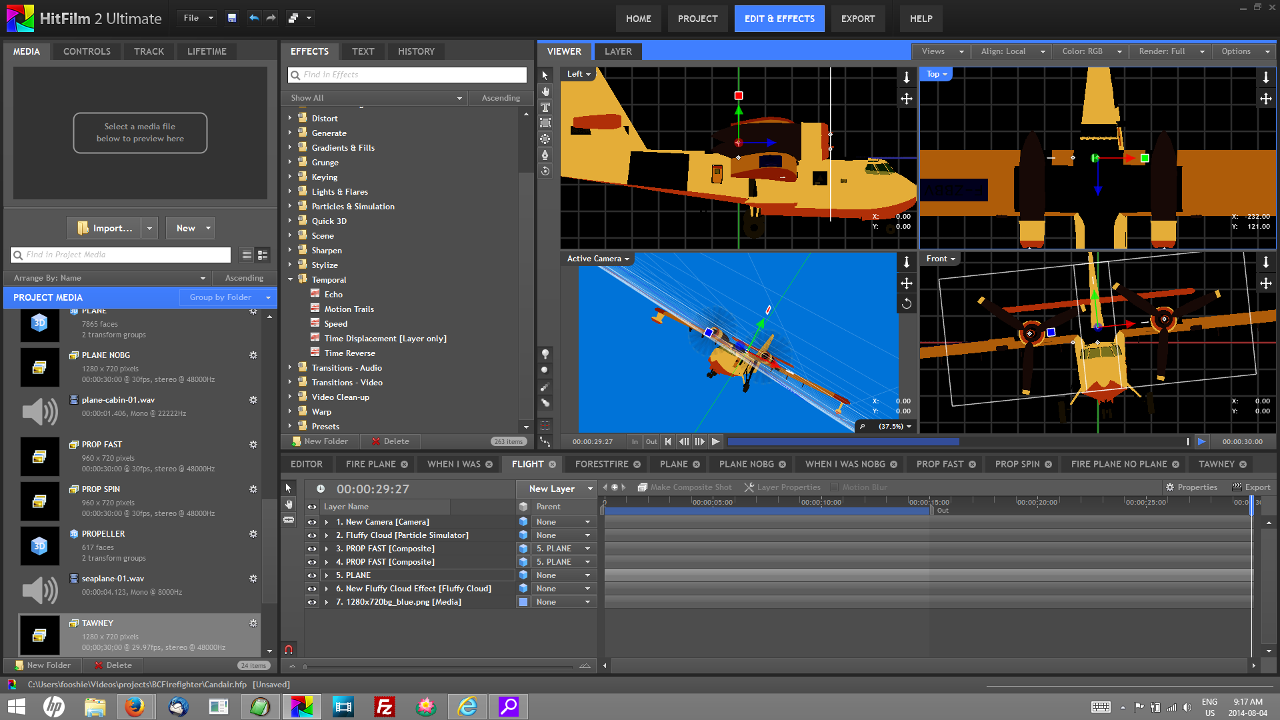
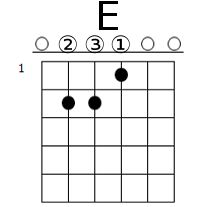

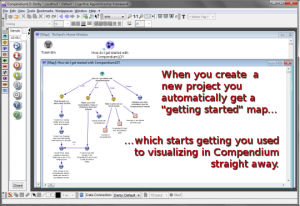 The past 30 years in education research has seen the influx of big ideas from computer science, social anthropology, design and even architecture. We now say learning is situated in authentic social contexts many call communities of practice.
The past 30 years in education research has seen the influx of big ideas from computer science, social anthropology, design and even architecture. We now say learning is situated in authentic social contexts many call communities of practice.